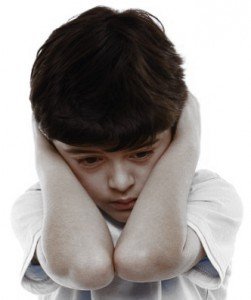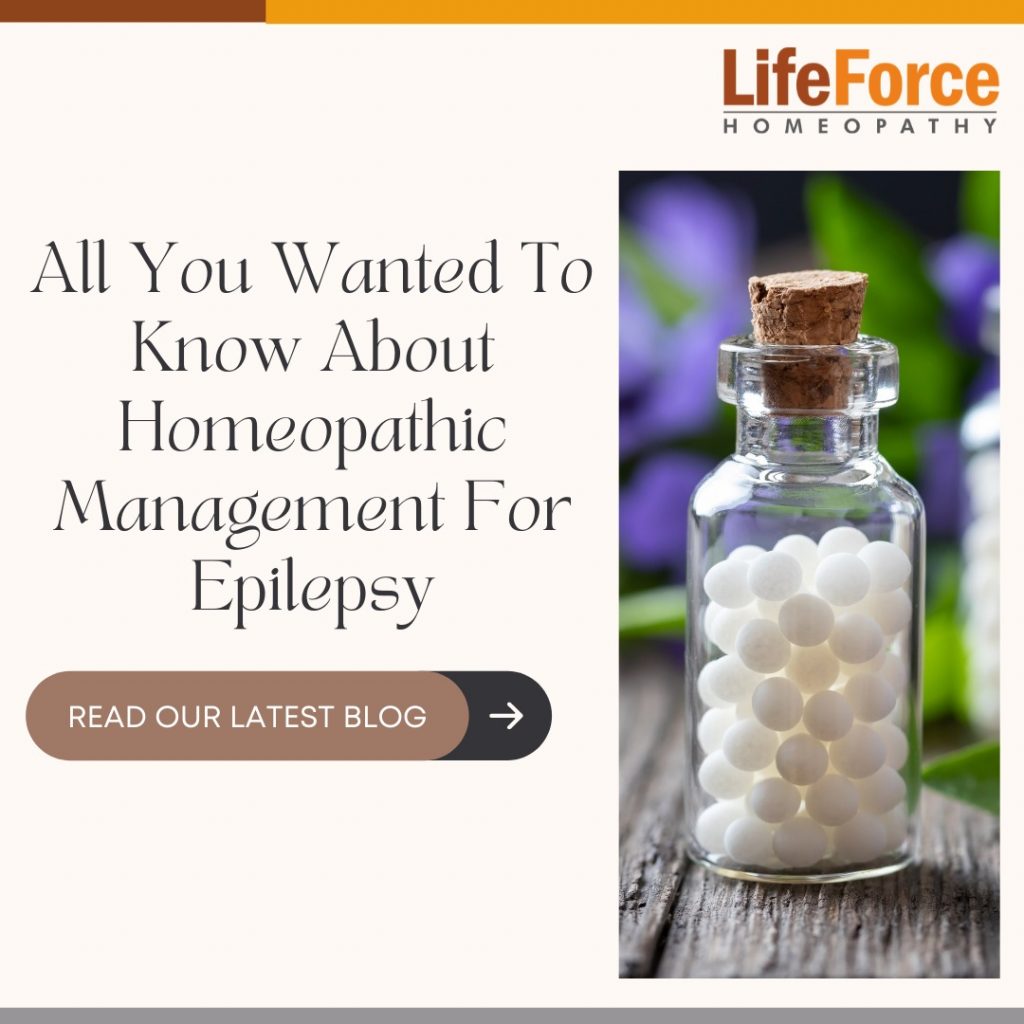 Autism spectrum disorder (ASD) and Autism are both general terms for a group of complex disorders of brain development. These disorders are characterised in varying degrees by difficulties in social interaction, verbal and non-verbal communication and repetitive behaviours.
Autism spectrum disorder (ASD) and Autism are both general terms for a group of complex disorders of brain development. These disorders are characterised in varying degrees by difficulties in social interaction, verbal and non-verbal communication and repetitive behaviours.
ASD can be associated with intellectual disability, difficulties in motor coordination and attention and physical health issues such as sleep and gastrointestinal disturbances.
Autism appears to have its roots in very early brain development. However, the most obvious signs of autism and symptoms of autism tend to emerge between 2 and 3 years of age. Parents usually notice signs in the first two years of their child’s life. These signs often develop gradually, though some children with autism reach their developmental milestones at a normal pace and then regress. T he diagnostic criteria require that symptoms become apparent in early childhood, typically before age three.
Autistic individuals display many forms of repetitive or restricted behaviour:
- Stereotyped behaviours: Repetitive movements, such as hand flapping, head rolling, or body rocking.
- Compulsive behaviours: Time-consuming behaviours intended to reduce anxiety that an individual feels compelled to perform repeatedly or according to rigid rules, such as placing objects in a specific order, checking things, or hand washing. Resistance to change; for example, insisting that the furniture not be moved or refusing to be interrupted.
- Ritualistic behaviour: Involves an unvarying pattern of daily activities, such as an unchanging menu or a dressing ritual. This is closely associated with sameness and an independent validation has suggested combining the two factors
- Restricted behaviour is limited in focus, interest, or activity, such as preoccupation with a single television program, toy or game.
Self-injury includes movements that injure or can injure the person, such as eye-poking, skin-picking, hand-biting and head-banging
- Some persons with ASD excel in visual skills, music, math and art.
Many people hear “autism” and immediately think of the movie The Rain Man. They wonder what that person’s “thing” will be. It’s true that there are some individuals on the spectrum with photographic memories, an uncanny ability to remember stats or solve math problems, or an ability to read at an early age without being taught.
However, the majority of individuals with autism are just like the rest of us in that they have varied interests and abilities. Whether or not they can memorise the phone book has nothing to do with what they have to offer this world. Like the rest of us, they have worth and value because of who they are not what they do.
[box type=”info” ]Get expert opinion from our doctors. Just send your query here. [/box]
Causes:
Not long ago, the answer to this question would have been “we have no idea.” Research is now delivering the answers.
First and foremost, we now know that there is no one cause of autism just as there is no one type of autism. Over the last five years, scientists have identified a number of rare gene changes, or mutations, associated with autism. A small number of these are sufficient to cause autism by themselves.
Most cases of autism, however, appear to be caused by a combination of autism risk genes and environmental factors influencing early brain development.
In the presence of a genetic predisposition to autism, a number of nongenetic, or “environmental,” stresses appear to further increase a child’s risk. The clearest evidence of these autism risk factors involves events before and during birth. They include advanced parental age at time of conception (both mom and dad), maternal illness during pregnancy and certain difficulties during birth, particularly those involving periods of oxygen deprivation to the baby’s brain.
It is important to keep in mind that these factors, by themselves, do not cause autism. Rather, in combination with genetic risk factors, they appear to modestly increase risk.
A woman can reduce her risk of having a child with autism by taking prenatal vitamins containing folic acid and/or eating a diet rich in folic acid (at least 600 mcg a day) during the months before and after conception.
We treat patients from USA, UK, Canada, Australia, UAE & 180 more countries. Get expert opinion on your ailment, click here to ask Dr. Shah’s team directly.
Prognosis:
The sooner you seek treatment the better. As the brain grows and matures, it becomes more set in its ways. When allopathic (conventional medicine) drugs come into play, the situation becomes even more difficult.
Ideally, you should treat with homeopathy before age 5. However, even older autistic children and young adults can manifest significant improvement with homeopathic treatment.
Don’t give up hope for recovery!
So many parents with autistic children become despondent and don’t believe their child can recover. This really works against them. Don’t give in to despair! Try as hard as you can to be loving, accepting, but confident that full recovery is possible. In addition, try not to become accommodated or invested in your child’s illness. Don’t try to convince yourself that your child is just fine as an autistic person; they will be much better off if they aren’t autistic!
Striking a balance between love and acceptance of your child and confidence in their improvement can sometimes be difficult, but you can achieve it. Moreover, don’t be afraid of potential disappointment. What’s worse, experiencing disappointments or never trying at all?
You owe it to your child to not let your own fears get in the way.
Children with autism don’t want pity – They need compassion.
-Dr. Shivangi, Life Force Homeopathy
[box type=”note” ]Got Questions? Get answers to all the questions regarding your ailment from Dr. Shah directly.Click here. [/box]
Also read about Attention Deficit Hyperactivity Disorder (ADHD).





4 Comments